
Public Sleep Health Education
NSF educates the public about sleep health by providing content online, through digital and social media channels, in print, and across broadcast media. NSF’s guidelines, recommendations, and branded sleep health content are the primary source used by some of the biggest brands in healthcare communications and government.
The annual Sleep Awareness Week celebrates sleep health and encourages the public to prioritize sleep to improve their overall health and well-being. The national campaign provides valuable information about the benefits of optimal sleep and how sleep affects health, well-being, and safety.
The week begins with the release of the results of NSF’s annual Sleep in America® poll. NSF will also release the results of the quarterly Sleep Health Index®. The campaign typically occurs when Daylight Savings Time begins in the spring.
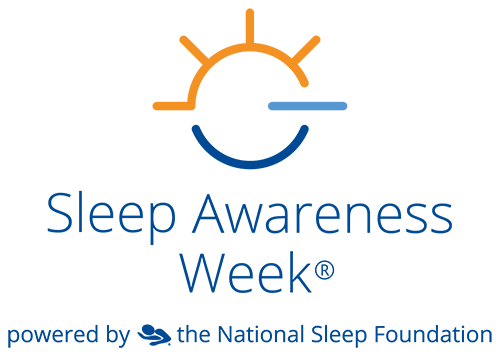
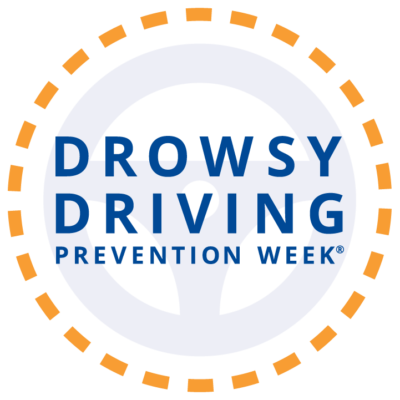
NSF declares Drowsy Driving Prevention Week each fall to bring heightened awareness to the perils of driving while sleep-deprived. Its national outreach effort aims to reduce the number of drivers who decide to drive sleep-deprived — responsible for more than 6,400 U.S. deaths annually — through accessible research and communications tools which are found here.
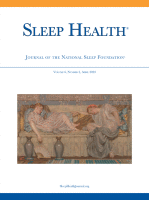
Sleep Health: Journal of the National Sleep Foundation®
Sleep Health: Journal of the National Sleep Foundation (“Sleep Health”) is NSF’s award-winning, peer-reviewed academic journal. It is an international forum for multi-disciplinary, sleep health research. Its 2020 Impact Factor is 4.450.
In 2016 the Association of American Publishers awarded Sleep Health the PROSE Award for Best New Journal in Science, Technology, and Medicine.
Consensus Panels
NSF consensus panels employ state-of-the-art methods and practices and publish official NSF Guidelines and Recommendations.
Read NSF Guidelines and Recommendations
Sleep Duration Recommendations
In 2015 NSF published the results of a world-class, research study on sleep duration recommendations. NSF convened an expert panel of 18 leading scientists and researchers tasked with updating the official sleep duration recommendations.
The panelists included representatives from leading organizations, including the American Academy of Pediatrics, American Association for Anatomy, American College of Chest Physicians, American Congress of Obstetricians and Gynecologists, American Geriatrics Society, American Neurological Association, American Physiological Society, American Psychiatric Association, American Thoracic Society, Gerontological Society of America, Human Anatomy and Physiology Society, and Society for Research in Human Development.
Sleep Satisfaction Report
In 2018 NSF published its Sleep Satisfaction Report identifying key elements of sleep satisfaction. The report was written by an international expert consensus panel. In conjunction with the report, NSF developed the Sleep Satisfaction Tool™ to measure the subjective reporting of sleep.
Sleep Quality Report
NSF convened a panel of experts to provide recommendations and guidance to the public regarding indicators of good sleep quality across the life-span. The key findings report have been endorsed by the American Association for Anatomists, American Academy of Neurology, American Physiological Society, Gerontological Society of America, Human Anatomy and Physiology Society, Society for Research on Biological Rhythms, Society for Research in Human Development, and Society for Women’s Health Research.
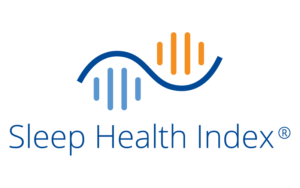
NSF developed Sleep Health Index, the foremost index for large or small population groups to understand sleep health. It measures sleep health at a global group or at an individual level. It was created with the help of sleep experts and public opinion research experts. It is composed of three sub-component scales: sleep duration, sleep quality, and sleep disorders. The Index is fielded quarterly with over 25,000 total responses.
Sleep in America® Poll
The Sleep in America poll is the NSF’s premier annual review of current sleep topics. The poll was first conducted in 1991. For the last thirty years, the NSF has released its Sleep in America poll with the start of Daylight Saving Time. Information on past polls is available in the Research section of our website.
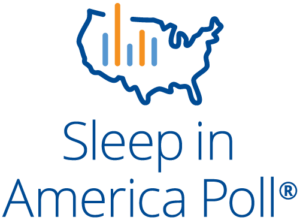
Sleep Monitoring Standards
In 2014 NSF together with the Consumer Technology Association (CTA) and the American National Standards Institute (ANSI) began developing standards for sleep technology. As a result, the R6.4 WG1 Sleep Monitors Group was established, composed of sleep experts and technology manufacturers. Since 2016, the Sleep Monitors Group has published several reports. You can access them on our SleepTech section of our website.